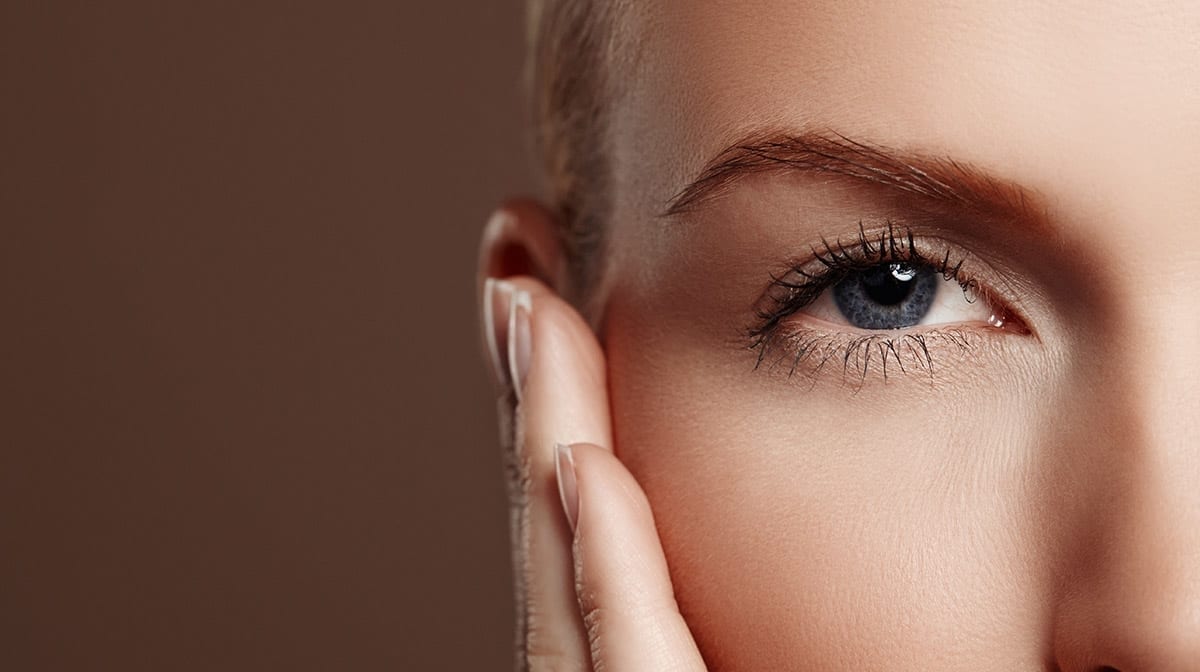
How to choose the best natural face cleanser for your skin type
 How do you usually choose a new cleanser? Do you check out the packaging and read the label? Do you open the top and have a sniff? Do you get a little on your finger (from a tester) to see how it feels? If you’re in a posh shop, do you ask for a little bit in a test pot to try at home?
How do you usually choose a new cleanser? Do you check out the packaging and read the label? Do you open the top and have a sniff? Do you get a little on your finger (from a tester) to see how it feels? If you’re in a posh shop, do you ask for a little bit in a test pot to try at home?
Choosing a new cleanser is fraught with challenges. If you make a bad decision, it’ll come back to haunt you morning and night as you try to use it all up. Or maybe you’ll just call it quits and give it away to a friend. If you make a good decision, cleansing becomes a moment of happiness in your day – something you genuinely enjoy doing.
To help you make good decisions about cleanser, here’s some background information about the cleansing process and the two main types of cleanser.
What happens when you cleanse your skin?
A facial cleanser helps to keep skin clean by dissolving dirt, sweat, excess sebum (oils naturally produced by the skin), makeup, dead skin cells, sunscreen, bacteria and any pollutants that may have settled on your skin’s surface. After the cleanser has dissolved all these things, it’s either rinsed or wiped off.
There’s a new trend toward double cleansing, which means using two different cleansers one after the other or using the same cleanser twice. Korean skincare swears by double cleansing, however it’s important to keep the two cleansing processes as gentle as possible, to avoid over-cleansing that strips your skin and makes its pH too alkaline.
Logic suggests that it’s better to do double cleansing with two different cleansers - an oil-based one to do the heavy lifting, followed by a gentle water-based cleanser to finish up and remove any oil residues.
How does an oil-based natural cleanser work?
Oils dissolve other oils, so when you apply an oil-based cleanser before bed, it will combine with all the moisturiser, makeup, sebum, sweat and other stuff that’s landed on your skin during the day. Once you’ve massaged your face all over, including your eye area, your face will be covered with a slurry that will naturally pick up the non-oil things too, like mascara, eye shadow and eyeliner. You don’t need a specific eye make-up remover if you use a high-quality oil-based cleanser.
The trick with oil-based cleansers is how to remove them after they’ve done all their dissolving. Some rinse off easily enough, but most will need a wet facecloth to help the process along. It’s important not to use hot water – tepid water is best.
You can try making your own oil-based cleanser with simple almond oil, however a combination of oils will give you a lighter cleanser that’s more pleasant to use. For example, Okana Mango + Apricot Sorbet Cleanser contains apricot kernel oil, macadamia oil, hydrogenated rapeseed oil and mango butter.
When selecting an oil-based cleanser, steer away from coconut oil (it’s comedogenic) and palm kernel oil (it comes from unsustainable forests).
How does a foaming natural cleanser work?
Before we tell you how a natural foaming cleanser works, let’s talk about ordinary foaming cleansers. Your average run-of-the-mill foaming cleanser is pretty much detergent. When you add water to it, there’s a thick lather – usually because there’s sodium lauryl sulfate (SLS) in the ingredients.
SLS is one of the most sensitising of all skincare ingredients, mostly because it moves skin pH away from its ‘happy place’ of 5.5, which is slightly acid. When skin pH is artificially taken to the alkaline end of the spectrum, it can become dry, itchy and vulnerable to bacteria.
People with acne are often attracted to foaming cleansers to cut through the excess oil on their skin, but they create bigger problems for themselves because the bacteria associated with acne can really get a hold once the skin’s acid mantle is messed up.
At Okana we’ve found natural ways to make a cleansing product lather up. Our Apple Juice Foaming Cleanser gives you all the satisfaction of foam, but without the drying and alkalinising effects of SLS. The key ingredient in our foaming cleanser is sodium cocoyl amino acids (amino acids from apple juice). These are deeply cleansing and exfoliating, leaving skin soft to touch.
Tips for better cleansing
- - Use lukewarm water for cleansing because it helps to open skin pores, which supports effective cleansing. Avoid hot water – it can dehydrate your skin.
- - Never be tempted to use soap, unless it’s a specific soap for facial cleansing. Ordinary soap is way too alkaline for facial skin.
- - Makeup remover is not a cleanser; it’s just for taking off the hard-to-shift stuff, like mascara and eyeliner. You will always need to use a cleanser in addition to makeup remover.
- - Dry your face on a clean towel. If your towel smells manky, change it. Bacteria are the cause of musty-smelling towels; you don’t want then on your face.
- - If you have dry skin, avoid foaming cleansers. They can make the situation worse.
- - If you have oily skin, don’t avoid oil-based cleansers. Oil is best for dissolving oil, so an oil-based cleanser can be an effective way to clean your skin. Rinse well using a washcloth.
- - If your skin is inclined to be spotty, harsh acne washes might not be helping. Switch to a natural cleansing routine, complete with toner and moisturiser. Treat spots with an antibacterial spot treatment after toning and before moisturiser.
- - Once a week, pamper your skin with a steam and mask. Double cleanse, then put your face over a bowl of near-boiling water with a towel over your head. This will open the pores and prepare them for a deep-clean with a clay mask. Steam for about five minutes before applying the mask.
- - You can make a mask at home using facial clay, which is super-cheap when you buy it online. Mix the clay powder into a runny paste with water and a little honey.




Leave a comment
This site is protected by hCaptcha and the hCaptcha Privacy Policy and Terms of Service apply.